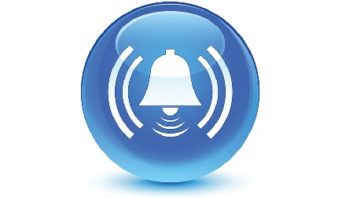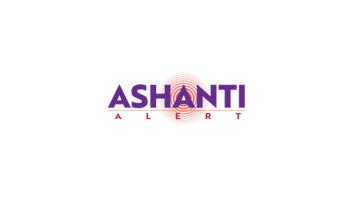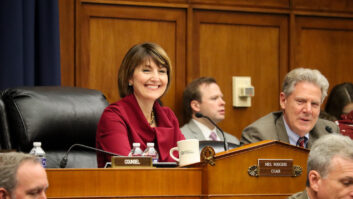 The state of Alabama has, unfortunately, first-hand experience on the importance of emergency alerts. In early March, a series of tornadoes tore through the state; in response, stations had to be ready to receive and pass on severe weather alerts to their local communities.
The state of Alabama has, unfortunately, first-hand experience on the importance of emergency alerts. In early March, a series of tornadoes tore through the state; in response, stations had to be ready to receive and pass on severe weather alerts to their local communities.
That is a key priority for the Alabama Broadcasting Association: Helping stations keep apprised of regulatory and technical changes — such as the best ways to keep EAS equipment updated and correctly programmed to receive emergency alerts.
One of those newest alerts is the Blue Alert, a new alert option added to the EAS and Wireless Emergency Alert system that is designed to be used in case of an imminent and credible threat to a police officer’s safety.
Radio World spoke to Larry Wilkins, director of engineering services for the Alabama Broadcasters Association, about the importance of regular communication with stations, the inside scoop on the process of updating EAS software, and why the ABA is recommending that all its stations embrace the use of Blue Alerts.
Radio World: There have been so many recent developments on the technology front, including the addition of a new alert code for emergencies. What tools does the Alabama Broadcasting Association use to keep its stations apprised of changes like these?
Larry Wilkins: The ABA Engineering Academy publishes a weekly newsletter (Monday Morning Coffee and Technical Notes) which is sent out to over 500 engineers, FCC and equipment vendors via Constant Contact.
RW: One significant recent change to the EAS program has been the addition the Blue Alert code to alert the public of imminent danger to a police officer. What is ABA’s recommendation to stations as far as use of the Blue Alert code?
Wilkins: Following a recent meeting with the Alabama Law Enforcement Agency, the Alabama SECC added the Blue Alert to the State EAS plan. Although the Blue Alert, like most of the alerts in the EAS system, are voluntary we strongly encourage stations to add BLU to their incoming filters.
RW: Do you have a rough estimate of how many Alabama stations plan to implement the software updates to allow this code to be used?
Wilkins: We have just begun this project and have asked stations to notify the SECC when they have added this filter to their EAS equipment. Presently we have about 20 stations that have added the alert. The ABA is set up to monitor over 140 EAS units around the state and can keep a record of alerts received and relayed.
RW: Has it been challenging for stations to update their EAS software to add Blue Alert capability?
Wilkins: The update to the software is easy to complete, taking less than five minutes normally. The SECC is aiding stations in this part of the project.
RW: What guidance do you have for other state associations working to help their stations implement the code software?
Wilkins: Make sure you contact the manufacturers of EAS equipment to get complete information on the upgrade. This will enable stations to make the change easier.
RW: Have you gotten any pushback from stations who have said they do not wish to implement the code at all? Some broadcast organizations have pushed back on its implementation.
Wilkins: Not really; most stations in Alabama have always been on board with keeping their EAS units updated and installing filters for alerts like Amber and Civil Alerts.
RW: Do you think it’s important to implement?
Wilkins: Broadcast stations have a responsibility to inform listeners and viewers of issues that could affect their area.
RW: Have there been any instances yet in which the code could have been used by a station? If so, can you share some of the details?
Wilkins: Not at this time. ALEA is the state agency that issues Amber alerts and will be responsible for Blue Alerts. Several years ago, Alabama installed a CAP-compatible satellite system with 37 downlinks at full power FM stations around the state. This was a joint project with Global Security Systems and the Alabama Emergency Management Agency. This system allows ALEA and AEMA to deliver alerts in less than five seconds. It allows alerts to be relayed through IPAWS as well.
RW: The addition of the Blue Alert code is just one of the many things that a state broadcasting association like yours has to juggle. What are some of the struggles that you see broadcasters working through when it comes to keeping apprised of new rules and recommendations?
Wilkins: As mentioned earlier, the ABA under the leadership of Association President Sharon Tinsley, constantly sends out notices to stations on various items — both legal and technical. The ABA’s Alternative Broadcast Inspection Program serves as an educational outreach to stations, as well. In addition, the ABA Engineering Academy presents various classes and seminars throughout the year to aid engineers and train new engineers in keeping up with the changing technologies and FCC rules.












